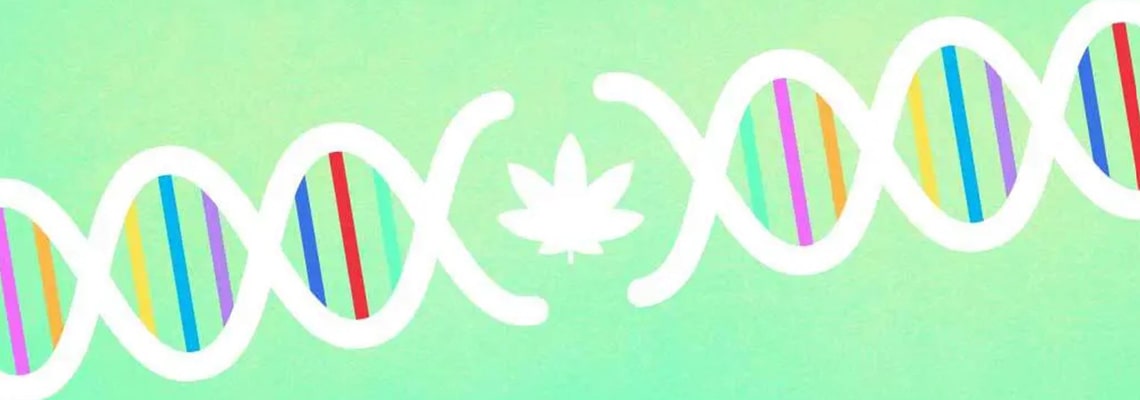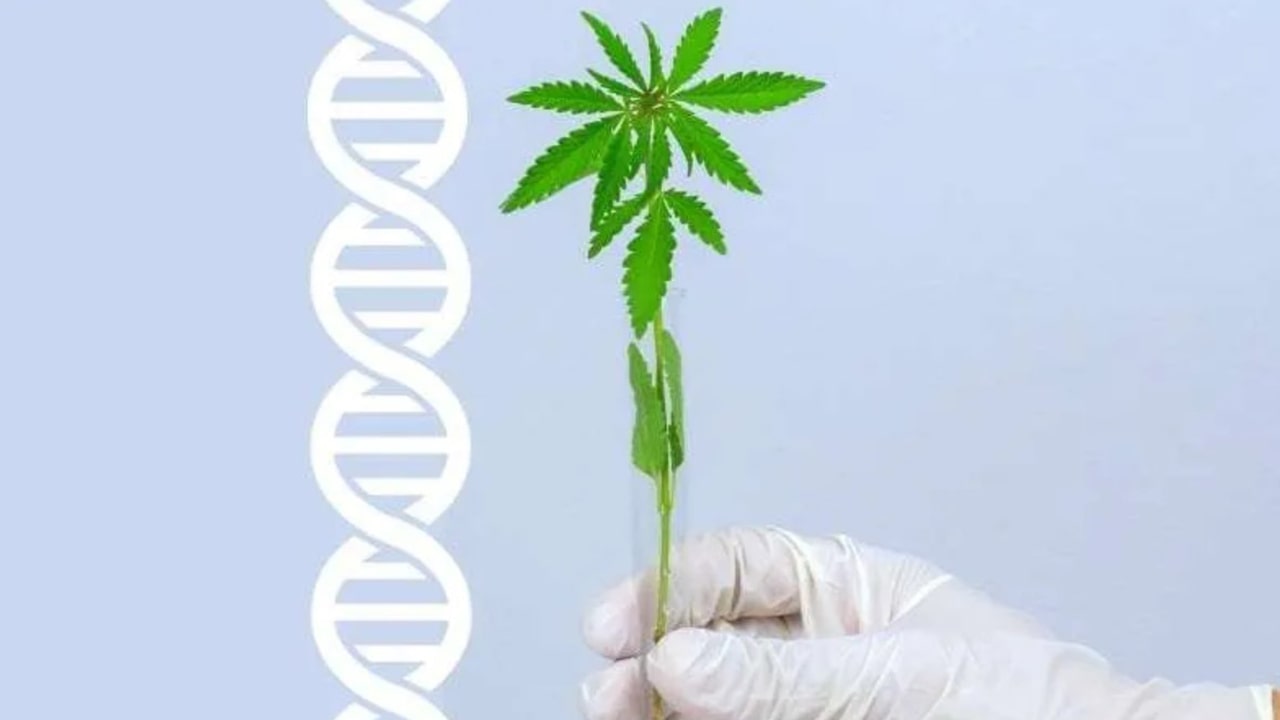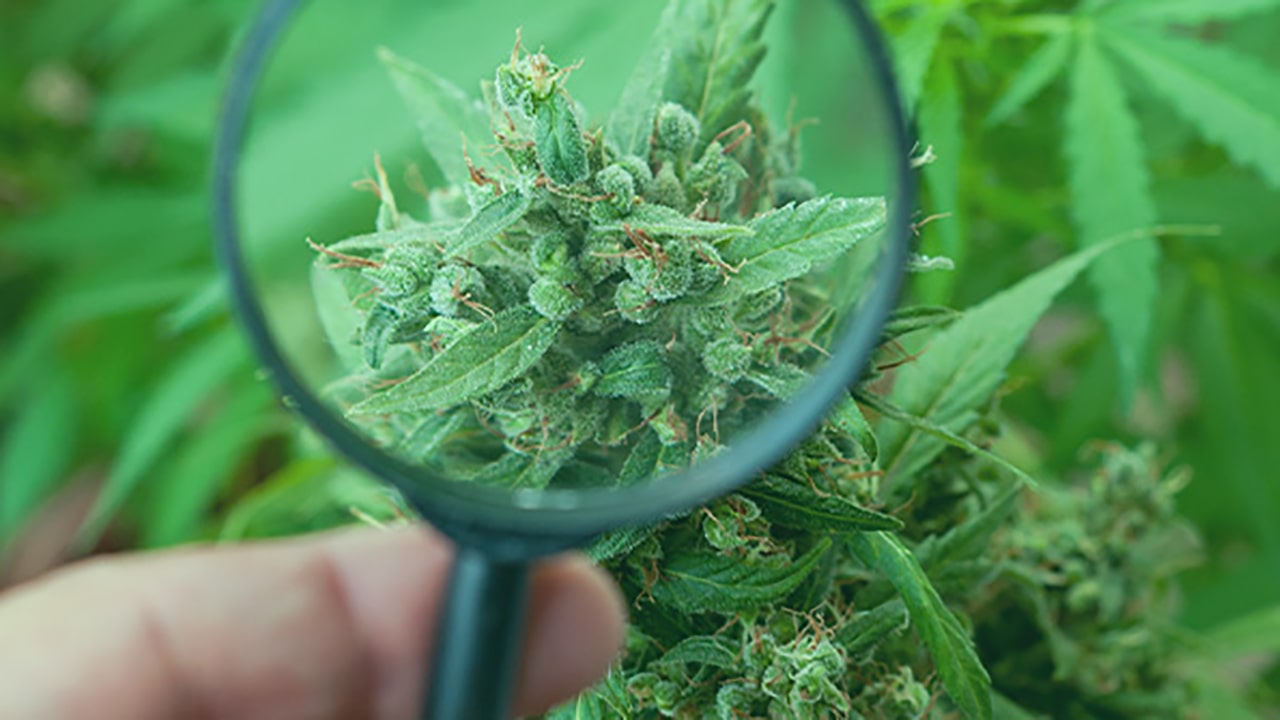There seems to be nothing in your cart.
Didn't find what you were looking for? Contact our consultant.
To save your shopping cart until your next visit, create an account or register .
Browse our Hits sales
There seems to be nothing in your cart.
Didn't find what you were looking for? Contact our consultant.
To save your shopping cart until your next visit, create an account or register .
Browse our Hits sales

Content
Genetics plays a key role in determining the size and shape of marijuana plants. Marijuana varieties are divided into two main subspecies: sativa and indica. Sativas are known for their tall stature and narrow leaves, while indica is characterized by its compact size and wide leaves. These differences are due to genetic variations that determine the growth and development of the plants.
Sativa plants originate from tropical regions such as South America, Africa and Southeast Asia. These regions have longer daylight hours, which favors plants with long stems and tall stature. Sativas are genetically programmed to grow quickly in height, allowing them to reach more light in dense forests.
Indics, on the other hand, originate from the mountainous regions of Afghanistan, Pakistan and India, where conditions are harsher and daylight hours are shorter. These plants have adapted to their environment by developing a compact and bushy form that helps them survive in low temperatures and limited light. Indica are genetically programmed to develop wider and denser leaves, which helps them make efficient use of the available light.
Feminized marijuana seeds are the result of genetic modifications to produce only female plants. Under natural conditions, marijuana seeds can produce both male and female plants. However, only female plants produce flowers that contain THC, which is the main psychoactive component of marijuana.
Breeders use various methods, such as stressing plants or using chemicals, to produce feminized seeds. These methods cause mutations in the genes responsible for the sex of the plant, resulting in seeds that produce only female plants. Feminized seeds may also contain genetic changes that affect the size and shape of the plants.
Marijuana seeds are the primary carrier of genetic information. Each seed variety has its own unique genetic code that determines its growth, size, shape, and other characteristics. Understanding the genetics of seeds allows breeders to create new varieties with desirable traits such as disease resistance, high productivity, and a certain plant size.

The size of a marijuana plant is determined by a variety of genetic factors that affect stem growth, leaf development, and the overall structure of the plant. One of the key genes responsible for these processes is the DWF4 gene, which plays an important role in the synthesis of hormones that regulate growth. However, this is not the only gene that affects plant size. Let's take a closer look at a few key genes and their impact on marijuana growth.
The DWF4 gene encodes an enzyme involved in the synthesis of brassinosteroids, which are important phytohormones that regulate plant growth and development. Brassinosteroids promote cell elongation, increased plant mass and overall plant height. Mutations in the DWF4 gene can lead to altered levels of these hormones, which in turn can cause changes in plant growth. For example, a lack of brassinosteroids can cause plants to become dwarfed, while an excess of them can stimulate excessive growth.
Another important gene that affects plant size is the GA20ox gene. It is responsible for synthesizing gibberellins, another class of phytohormones that stimulate stem and leaf growth. Gibberellins also play an important role in seed germination and flowering of plants. Mutations in the GA20ox gene can lead to significant changes in plant height. For example, increased activity of this gene can lead to stem elongation and an increase in overall plant height.
KNOX (Knotted-like homeobox) family genes also affect the size and shape of marijuana plants. These genes are involved in the regulation of meristems, areas of active cell division that are found in the tips of shoots and roots. KNOX genes regulate the growth and development of these meristems, affecting overall plant size and shape. Changes in KNOX gene expression can lead to changes in leaf size, shoot density, and overall plant structure.
The PHYB gene encodes phytochrome B, which is a light receptor and is involved in the regulation of plant growth in response to light conditions. Phytochrome B regulates processes associated with stem elongation and leaf formation. Mutations in the PHYB gene can alter a plant's sensitivity to light, which can lead to changes in plant growth and size. For example, plants with a mutation in this gene may be more elongated under low light conditions.
It is important to note that the size of a marijuana plant is not determined by a single gene, but by the complex interaction of multiple genes. The combination of genes such as DWF4, GA20ox, KNOX and PHYB and their interaction with environmental conditions determine the overall growth and development of the plant. Plant breeders can use this genetic knowledge to develop new varieties with specific characteristics, such as tall sativas or compact indices.

Genetics plays an important role in determining the size of the marijuana plant, but grovelling conditions and fertilizer application also have a significant impact on plant growth and development. These external factors can either enhance or limit the genetic potential of the plant.
Lighting is one of the most important factors affecting marijuana growth. Light affects the process of photosynthesis, which provides plants with energy for growth. Sativas, for example, require more light for optimal growth because they were originally developed in tropical regions with long daylight hours. Indics, on the other hand, may adapt better to shadier conditions. Lack of light can cause plants to elongate as they try to reach the light source, which can negatively affect their overall structure and stem strength.
Temperature and humidity also play an important role in the growth of marijuana plants. The optimal temperature ranges between 20-28°C. If the temperature is too high, plants can become stressed, which slows their growth and can lead to heat damage. Too low a temperature can also negatively affect growth by slowing metabolic processes.
Humidity affects transpiration and nutrient uptake. The optimal humidity for vegetative growth of marijuana is 40-70%. In high humidity conditions, plants can be susceptible to fungal diseases such as mold and powdery mildew. Low humidity can cause leaves to dry out and stunt growth.
Proper fertilizer application is a key factor affecting the growth and size of marijuana plants. Fertilizers contain essential macro and micronutrients such as nitrogen, phosphorus, potassium, calcium, magnesium and iron that are necessary for healthy plant growth.
Proper watering is also important for the growth of marijuana plants. Plants need enough water to support photosynthesis and transpiration. Overwatering can lead to root rot and fungal diseases, while lack of water can cause drying out and stunted growth.
The type of soil or substrate used for growing marijuana also affects plant size. Well-drained soil with sufficient organic matter promotes healthy root development and plant growth. Using substrates such as coconut substrate or hydroponics can provide more precise control over nutrients and water regimen.
The health of marijuana plants also depends on pest and disease control. Insects such as aphids and spider mites can damage leaves and stems, stunting plant growth. Fungal diseases such as powdery mildew and mold can severely damage plants and reduce their productivity. Regular inspections and the use of natural or chemical defenses can help keep plants healthy and growing well.

WARNING! Errors Seeds does not encourage or encourage you to grow cannabis. Cultivation is prohibited by the legislation of Ukraine. The article is only of scientific and educational interest.